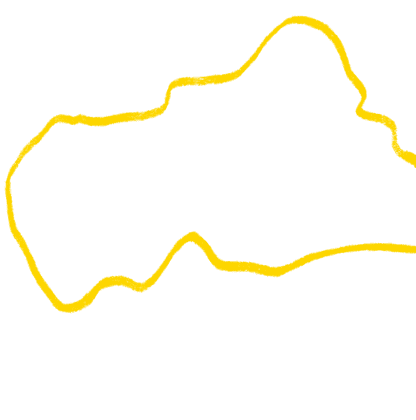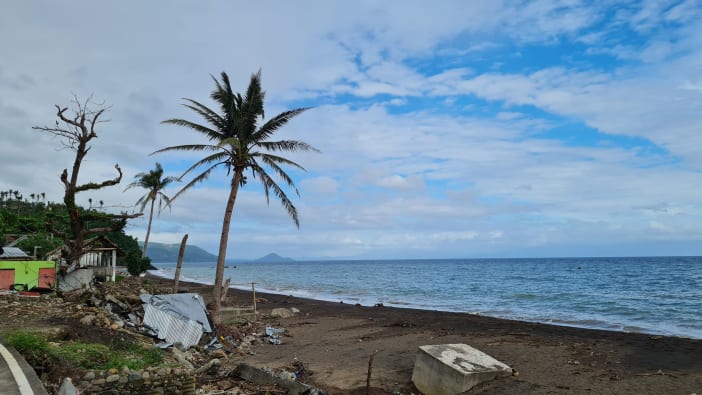One typhoon too many
Patricia Pagulayan, Tearfund’s Cluster Communications Officer for Asia, gives a first hand account of a typhoon that struck the Philippines on 11 November 2020.
Written by Tearfund | 18 Nov 2020



Written by
Written by Tearfund
Patricia Pagulayan, Tearfund’s Cluster Communications Officer for Asia, gives a first hand account of a typhoon that struck the Philippines on 11 November 2020.
It was around 6pm when my phone vibrated. An alert was warning me of severe flooding, flash floods and landslides. Typhoon Vamco was heading towards us.
Just ten days after Super Typhoon Goni devastated the Bicol region of the Philippines, another storm was coming. Where I live in Isabela (in the north of the Philippines), we thought the storm would only bring rain – nothing dangerous. We weren’t expecting it to be so severe.
I’d seen on the news that the Metro Manila area (south of Isabela) was being lashed with strong winds and rain. My brother lives there and I have friends in that area too. I checked on them. Thankfully, they were all okay, but some had lost access to clean water, had power cuts and flooding.
No lights
By 9pm the winds in Isabela started picking up strength. It was loud and fierce, like the sound of a helicopter taking off. At times it quietened down, and for a moment it felt like being in a vacuum. Then the wind would start howling again. This went on for about six to seven hours.
My children were asleep thankfully, but I was wide awake. The lights flickered every now and then. At around 2am, the lights went off. I was still wide awake, listening to the wind howling outside and wondering when the storm would finally ease.
Waking up to destruction
On 12 November, after only having a few hours of sleep, I woke up to hear about the massive flooding and destruction in Metro Manila. Rivers had swollen from too much rain and nearby dams were already at tipping point.
Here in Isabela, several large trees had fallen and some of my family’s and friends’ houses had flooded. Throughout the day we tracked the typhoon in the news as it weakened slightly, bringing moderate rain and wind. By night time, all the wind warnings were lifted and Typhoon Vamco had left us.
I thought the worst was over.
Blindsided
I woke up on 13 November to more text alerts, this time from friends and family. Over the previous 12 hours, floodwaters had risen dramatically in Isabela and Cagayan provinces as dams released thousands of cubic metres of water per second. Reaching 15 feet, they were submerging towns and villages.
Some of my extended family members made contact with their relatives in the flood-ravaged Cagayan region. Here in Isabela, we were just one town away from facing massive flooding.
It really hit close to home for me, with many friends and families directly impacted by the severe flooding. One friend urgently asked for donations for his hometown where his family was severely affected. Elderly people who’ve faced one typhoon after another were feeling huge amounts of stress. The destruction was overwhelming.
Typhoon Vamco in figures
• More than three million people have been affected, with 283,656 seeking refuge in 2,205 evacuation centres.
• The death toll currently stands at 73, with 24 people reported injured and 19 still missing.
• Thousands of families in the provinces of Cagayan and Isabela remain stranded on top of their houses waiting for rescue.
Making sense of the chaos
Typhoon Vamco was the twenty-first typhoon to hit the Philippines this year – the fifth major storm in the last five weeks.
Climate change is making typhoons more dangerous, intense and unpredictable. A quarter of the world’s typhoons hit the Philippines, and 80 per cent of our landmass is near coastal areas which makes us more vulnerable to natural disasters.
Although we’ve made good progress in being more prepared for them since Super Typhoon Haiyan in 2013, the devastation of homes and businesses is still massive. For some of the most vulnerable people here in the Philippines, they lose their only source of income and can’t feed their families.
The climate crisis has become a real threat for the ordinary Filipino, even though the country hasn’t contributed as much pollution as some developed nations. As a nation the Philippines is responsible for around 0.2 per cent of global emissions and the per person emissions are a fifth of UK per person emissions.
Hands and feet
When Typhoon Goni hit the Philippines and wreaked havoc in the Bicol region, Tearfund immediately responded to meet the needs of the most vulnerable in Albay, through our local partner PhilRads.
With the scale of damage caused by Vamco, PhilRads is working with local churches to conduct emergency response in the most-affected areas.
There is a climate crisis and God has called us to be his hands and feet in this broken world. May we truly rise up and respond to the needs of those who are desperate for help.
Please pray
Lord God,
Thank you that in the midst of every storm we face you are there with us. In the Philippines, may you provide for people who are facing the devastating effects of typhoons. Show us what we can do to be your hands and feet today. And please give wisdom and courage to world leaders, to promote policies that address the climate crisis.
In Jesus’ name we pray, amen.
Similarly Tagged Content
Share this page
Share this page to spread the word and help support those in need.

Get our email updates
Learn about our work and stay in touch with Tearfund. Hear about our news, activities and appeals by email.
Sign up now - Get our email updates






